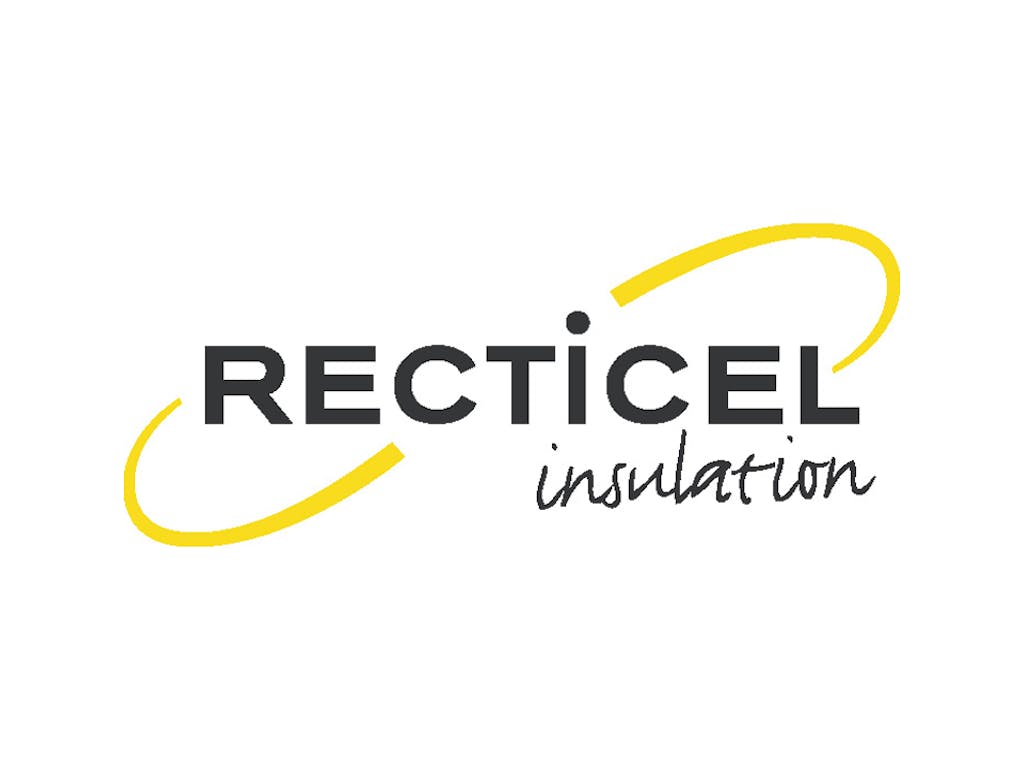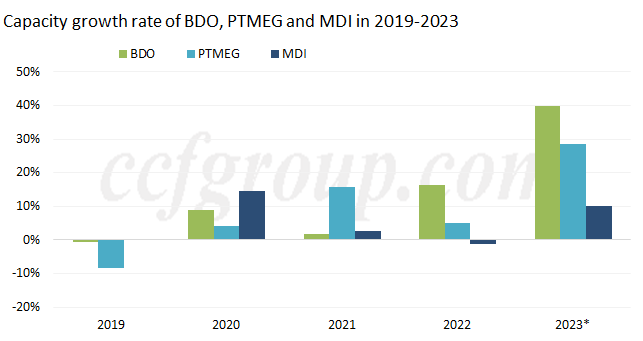The Urethane Blog
Everchem Updates
VOLUME XXI
September 14, 2023
Everchem’s exclusive Closers Only Club is reserved for only the highest caliber brass-baller salesmen in the chemical industry. Watch the hype video and be introduced to the top of the league: — read more
December 26, 2023
Net Profit for PO Produced in China Using HPPO Process Averages About CNY -275/tonne
PUdaily | Updated: December 21, 2023
Currently, hydrogen peroxide is an important raw material for producing propylene oxide (PO), and 27.5% hydrogen peroxide plays a dominant role in domestic market. In recent years, however, hydrogen peroxide with a concentration of over 50% has been increasingly used as it can help increase the productivity of PO facilities and improve product quality. In HPPO process, PO is manufactured through direct oxidation of propylene with hydrogen peroxide (mostly with a 50-70% concentration). Specifically, at low temperature and low pressure in a fixed bed reactor, selective oxidation reaction occurs between propylene and hydrogen peroxide in the mixture of methanol and water and in the presence of the titanium silicalite (TS-1) catalyst. Featuring short process, high atom utilization, low investment, mild reaction conditions, high energy efficiency, no pollution, high product yield and few by-products, HPPO is internationally recognized as a green production technology.
Previously, the core technologies for HPPO process were monopolized by a handful of global chemical giants such as BASF, Dow Chemical, Evonik and Uhde. This provided a bargaining chip for them to ask high prices for technology transfer. Specifically, the fee for licensing PO manufacturing technology was tens of millions of euros, and additional fee was charged for hydrogen peroxide production technology, which was tied to the sale of the former technology. The result is meagre profit for PO produced using this process, averaging about CNY -275/tonne, according to Suntower.
Presently, Jilin Shenhua and Sinopec Changling Refining & Chemical are the two established PO manufacturers using HPPO process. In 2011, making an investment of CNY 2.5 billion, Jilin Shenhua brought in the HPPO process jointly developed by Degussa and Uhde to build a 300kt/a PO facility in Jilin province, the first and largest of its kind in China and coming online in July 2014. In 2013, Sinopec Changling Refining & Chemical invested approximately CNY 1.28 billion to build a 100kt/a industrial plant using its proprietary HPPO process. In July 2014, interim handover of the project was completed. And on December 6, trial run was successfully conducted, marking that Sinopec became the third company in the world owing patented HPPO process. In April 2023, Shandong Jincheng Petrochemical’s 300kt/a PO facility, with an ancillary 900kt/a hydrogen peroxide plant, successfully produced premium-grade propylene oxide. In May, Qixiang Tengda Chemical put into production its 300kt/a PO unit using HPPO technology jointly developed by Evonik and thyssenkrupp. In August, Taixing Yida Chemical’s HPPO-based 150kt/a PO project was completed. Suntower estimates that the current PO capacity using HPPO process stands at 1.55 million tonnes per year, accounting for about 45% of the total PO capacity.
If you are interested in the information about costs of different PO production processes and other relevant information, please contact us or subscribe to the 2023 Asia-Pacific PO Market Report.
Contact information:
Tel: 021- 61250980
Website: www. pudaily.com
Email: marketing@pudaily.com
Address: Room 607, Building B, Rhine Hongjing Center, 1439 Wuzhong Road, Minhang District, Shanghai
December 21, 2023

$0.465/lb for December
December 21, 2023
Recticel acquires REX to create a powerful Western European growth platform for insulated panels
Regulated information, Brussels, 21/12/2023 — 06:55 CET, 21.12.2023

After the acquisition of TRIMO in April 2022, Recticel announces a second major step in deploying its strategy to become a pan-European leader in the insulated panels segment.
Recticel has entered into a final agreement with Mr. Michel Verhelst, founder, to acquire 100% of REX PANELS & PROFILES SA.
REX, located in Tournai, Belgium, is specialized in the production of PIR and mineral wool insulated panels for the construction industry.
REX has a total recently constructed capacity of over 4 million m², utilised at 50%, with room for further expansion, and is perfectly located in Belgium to serve Western European markets.
The acquisition will allow Recticel Group in due course to:
- reinforce TRIMO’s premium strategy in Western Europe whilst doubling current production capacity;
- provide TRIMO access to the PIR insulated panels category, perfectly complimentary to its mineral wool insulated panels;
- accelerate the execution of REX’s growth strategy in the volume segment of the market;
- unlock substantial technical and commercial synergies.
Jan Vergote (CEO Recticel Group): “The acquisition of REX strengthens Recticel’s core purpose to become a leader in high-end sustainable construction through smart insulation solutions. We are impressed with the achievements of Mr. Verhelst and the REX team and look forward to start intensive cooperation upon closing.’’
Michel Verhelst (CEO REX): “Joining forces with the Recticel Group marks an important milestone for REX as it allows the company to grow and expand further. I am excited about the many possibilities and successes that lie ahead for REX and its employees.”
The transaction has an enterprise value of EUR 70 million in cash, with an earn-out mechanism linked to the EBITDA performance over 2024. The valuation is based on the market value of the acquired production assets, including a newly constructed production site that is planned to start up in Q1 2024.
The transaction is expected to be completed in January 2024.
December 20, 2023
1. Capacity of BDO and PTMEG surges
BDO-PTMEG-Spandex market enters a new round of capacity expansion in 2023. The growth rate of MDI capacity is also high compared with previous years.
The capacity of BDO is expected to be near 3.4 million tons/year by the end of 2023, up by 34% year on year. Huaheng Energy, Blue Ridge Tunhe, Inner Mongolia Dongyuan, Sanwei, Wuheng Chemical and Xinjiang Markor’s units were put into production.
The capacity of PTMEG is expected to approach 1.14 million tons/year by the end of 2023, up by 24% year on year. Wuheng Chemical, Hangzhou Sanlong, Blue Ridge Tunhe and Hyosung Ningxia’s plants started operation.
The capacity of MDI is expected to approach 4.36 million tons/year by the end of 2023, a year-on-year rise of 10%. In 2023, only one MDI unit, Fujian Wanhua, began operation in China.

https://www.ccfgroup.com/newscenter/newsview.php?Class_ID=D00000&Info_ID=2023122030069
December 20, 2023
BASF picks company veteran Kamieth to become CEO amid challenges
Story by By Ludwig Burger and Patricia Weiss • 7h
By Ludwig Burger and Patricia Weiss
FRANKFURT (Reuters) -BASF appointed company veteran Markus Kamieth on Wednesday to become CEO next year, amid an organisational overhaul of the chemicals giant, grappling with falling earnings and sluggish economic growth in its European home markets.
In a statement, the German company said Kamieth would replace CEO Martin Brudermueller in April, with the latter having previously been appointed to become non-executive chairman of carmaker Mercedes-Benz .
Chief technology officer Melanie Maas-Brunner would not renew her current contract beyond Jan. 31, BASF added.
The board had considered both Kamieth and Maas-Brunner for the top job, sources familiar with the matter have told Reuters, though media reports had described Kamieth as frontrunner.
“A few months ago, I made the decision not to extend my board contract and to pursue a new professional direction,” Maas-Brunner said on the website LinkedIn.
The choice of CEO is in keeping with a BASF history of recruiting top executives from its own ranks.
The transition comes after BASF renewed its commitment to build a 10-billion-euro ($11-billion) chemical complex in southern China to tap into faster growth there and cut what it has called disproportionate reliance on subdued European home markets.
Sources have told Reuters that both Kamieth and Maas-Brunner have supported BASF’s investment focus on China, which runs counter to German government efforts to persuade companies to reduce their dependence on the country.
Arne Rautenberg, portfolio manager at mutual funds firm Union Investment, said the CEO pick had been overdue and Kamieth would have to tackle considerable challenges.
In October, BASF had mapped out further cost cuts in Europe, scaled-back investments and earnings projections, citing an “extremely uncertain” global economic outlook.
In addition, BASF is preparing to convert its agriculture, battery materials and coatings businesses into autonomous units.
Among BASF’s major growth initiatives, the China investment is rivalled only by a push to build a global manufacturing network of battery materials to cater to the fast-growing electric vehicles industry.
“BASF must transform itself to achieve regional cost leadership in basic chemicals and global leadership in specialty chemicals,” said Union’s Rautenberg.

